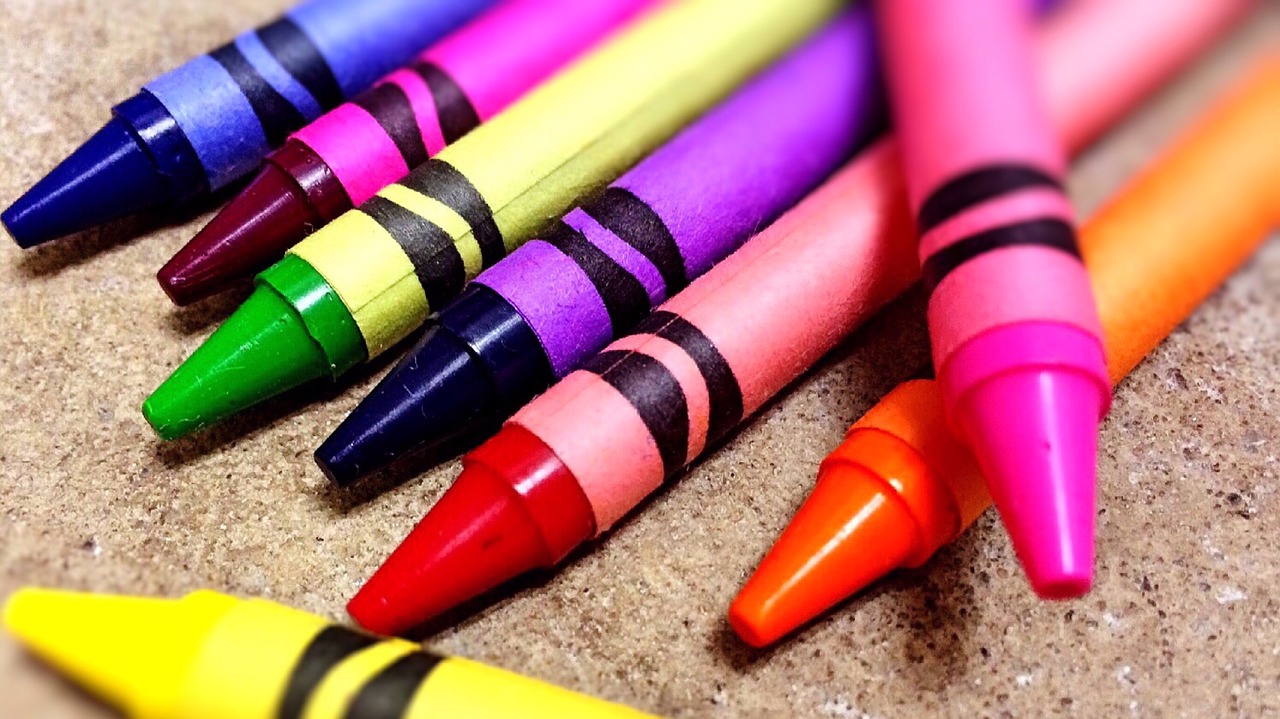Fights over crayon colors and who has the larger muffin eventually shift to whispered planning of pranks on parents. There would be more emotional arguments and dirtier jokes shared, and a deeper understanding and a strengthened bond would ideally result from them. The relationship between siblings is unique, fascinating, and inherently powerful in the sense that siblings are our lifelong companions, whether we like it or not. This relationship is scientifically explored in American author Jeffrey Kluger’s book, The Sibling Effect: What the Bonds Among Brothers and Sisters Reveal About Us.
To illustrate one of a myriad examples of a sibling-to-sibling relationship, here’s mine: my younger brother and I are somehow polar opposites—one is extroverted, athletic, and obsessed with motors and hard drives, and the other is sensitive, artistic, and more likely to read or dream up characters on her own. We do, however, share a sense of humor and a somewhat similar perception of the world. My brother is my unofficial best friend, he makes me laugh every day, and our bond is deep and strong.
As blessed as I am to have this connection with a sibling, all humans are blessed in the sense that they are not birds. Kluger begins The Sibling Effect with a description of siblings within a bird’s nest and the fight for survival there, exploring the biological and evolutional roots of the concept of siblings. To animals, Kluger says, siblings are merely a “genetic commodity,” a policy to ensure successful reproduction. If a healthy black eagle chick is born, as soon as the younger sibling is born, the firstborn chick rips it to bits. The mother “stands around yawning” because she has produced a healthy fertile chick and does not need another.
Fortunately, humans possess love, empathy, and intellect. Children are not simply fertile young whereby parents ensure the survival of their genes; they are emotional investments, and simply put, are irreplaceable. However, with the deep connection between a family, complex, sensitive issues can’t help but arise. Kluger explores the idea of fighting: necessary, inevitable, yet capable of destroying the sibling bond when taken out of control. He talks about the subtle and manipulative manner in which sisters use vulnerabilities against each other, and the more open and physical roughhousing between brothers. According to a 2009 study done in the Concordia University in Montreal, fighting siblings were usually (39 out of 45 cases) able to come to an agreement on their own. With parental intervention, the time it took for them to come to an agreement lengthened, but the quality of their agreement improved significantly.
From there, Kluger delved deeper into the powerful effect parents have on their children, adding another dimension to the already-complex world of sibling relationships. They can love and nourish, but can also pick favorites, reinforce stereotypes, or through divorce, essentially break the family apart. Kluger spoke about the damaging effect of the studious, hardworking eldest and the charming, rebellious youngest stereotype. Prince Harry and John F. Kennedy were both younger brothers who had, at least one point in their lives, been overshadowed by the legacy of their older siblings. They were driven to take ferocious risks, smoke pot, and get caught in scandals. Then there is the deeply scarring effect of favoritism: the emotional scars because of it can surface decades later after the parents have passed away. Finally, Kluger spends two chapters talking about divorce and the lifelong trauma it inflicts on children. Through the grief and fear, siblings are the ones who will stand by each other as they grow together amidst the pain and confusion of familial conflict. Kluger tells us about a girl who contracts polio but steps into the role of the mother for her younger half-sisters. An older brother steps in to take the worst of the attack when an angry parent unleashes their emotion onto his younger sister. In response to the desertion of a parent, siblings trust “only each other.” With such heartwarming stories of siblings who overcome their trauma to be welded infinitely closer, Kluger paints a beautiful portrait of the sibling effect in response to adversity.
Regardless of age difference or gender, unlike parents, friends, spouses, and children, who are dominant in the first or latter half of our lives or can drift away easily, siblings are attached to us by birthright and will be there for a lifetime. Kluger’s sensitive, intelligent book delves into this largely unexplored field in psychology, uncovering eye-opening results and examining them within the context of familial and societal struggles. One thing was clear, from both the book and my personal experience: the sibling effect is powerful. It is a source which, when tapped into, can heal scars, protect and support, and allow siblings to feel secure as they spread their wings. If you have a sibling, or anyone who you consider one, I would strongly recommend The Sibling Effect; it helps you see a treasure you didn’t know you possessed.
